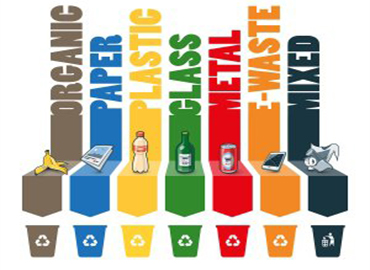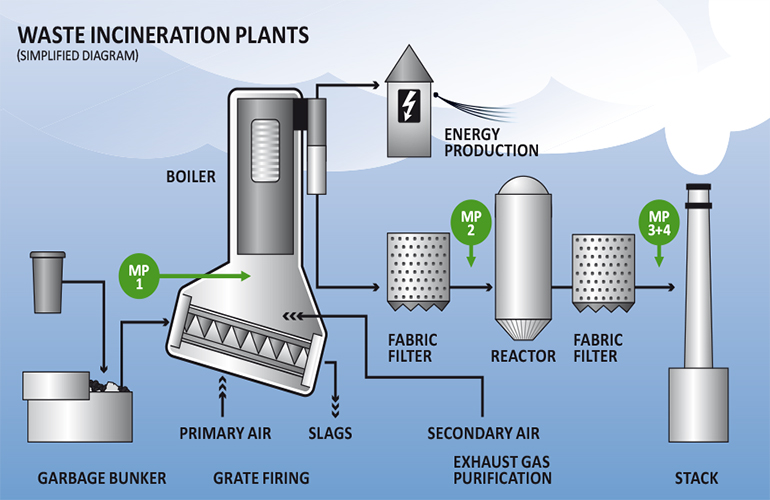INCINERATION
The Incinerator Plant which has a per hour capacity of around 500-kg, incinerating the waste at temperatures of 800 Degrees Celsius and the resultant gases treated at 1000 Degrees Celsius to avoid any harmful air emissions. This plant is capable to incinerate waste and converting it into ash which is safely disposed at a designated Landfill Site.
This services are divided inti two categories.
- 1) Hazardous Waste
2) Non-Hazarodus Waste

Non Hazardous Waste Material
Non – Hazardous waste means waste that is not classified as hazardous waste such as commercial / industrial waste.
Hazardous Waste Material
Hazardous wastes are discarded materials with properties that make them potentially harmful to human health or the environment. Hazardous wastes can include things such as chemicals, heavy metals, or substances generated as byproducts during commercial manufacturing processes, as well as discarded household products like paint thinners, cleaning fluids, and old batteries. Hazardous wastes can be in the form of liquids, solids, contained gases, or sludges. Much of this hazardous material is stored in landfills or other containment areas. If these hazardous waste sites are not properly designed or managed, their contents can be released into the surrounding environment, posing a threat to public health. To address this issue, the NIEHS has created a Hazardous Waste Worker Training Program (HWWTP) to support the safety and health of workers engaged in activities related to hazardous waste and chemical emergency response.
Industrial Waste:
According to the Texas Environmental Almanac, waste that falls into neither the hazardous or municipal categories qualifies as nonhazardous industrial waste.
Texas has defined three nonhazardous classes. Class 1 wastes have slight hazardous properties or content, but not enough to be an acute problem. Class 2 wastes include food waste, paper, cardboard and depleted aerosol cans. Inert, solid materials such as glass and rock make up Class 3.
Medical Waste:
According to a pamphlet from Idaho State University, medical waste---including used syringes, bandages and other items contaminated with body fluids---don't meet the technical definition of hazardous waste. A separate distinction, called potentially infectious medical waste (PIMW), covers these kinds of materials. Specially licensed companies pick up PIMW from hospitals and clinics and reduce it to sterile waste. Medical WaLab Waste:ste:
University and commercial laboratories produce a wide range of nonhazardous chemical wastes, many of which they can simply rinse down the drain. These include photographic film developers, non-heavy-metal acids having a pH over 5.5 and many organic compounds from biological sources.

